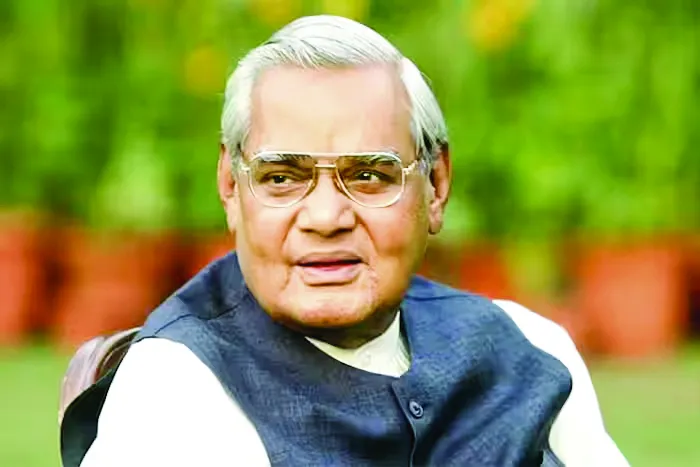What makes NFTs special is that each one represents something unique, and not interchangeable with anything—in other words, not “fungible”. This is what distinguishes them from cryptocurrencies like bitcoin, which are fungible—interchangeable—even though they use the same software technology (blockchain technology) as NFTs. NFTs serve as a kind of deed proving ownership for original editions of various digital artefacts—whether works of art, sports collectables or music albums. Even a tweet can be monetised with an NFT.
Once Indian megastars Amitabh Bachchan dropped his NFT collection and Salman Khan announced his partnership with NFT marketplace Bollycoin declaring the imminent launch of his digital assets. Indians are all set to test the NFT waters. With my limited knowledge of digital economics/assets, I sat down glued to my laptop screen surfing the internet for information on the freewheeling world of ‘non-fungible’ tokens. I pondered on the expanded phrase of the three letters — NFT to have an ‘idea or some understanding’ of the nature of the asset — fungible, a Latin term that has come to mean ‘interchangeable’ now helps to define unique digital objects selling for phenomenal prices.
In the three initials that make up the name, the N for “non” and the T for “token” are straightforward enough, but what about that F for “fungible”? Although the word “fungible” looks like “fungus” and its plural “fungi,” I discovered that there’s no etymological connection; “fungus” has a different Latin root. ‘Fungible’ goes back to the Latin word “fungibilis” meaning “useful,” in turn from the verb “fungi” meaning “to perform.” The same root gives us such words as “function” and “perfunctory.”
In English, “fungible” entered legal and financial circles in the 17th century for contracted goods that could be replaced by equivalents without breaking the contract such as a quantity of grain that could be substituted with an equal amount of similar grain.
After hours of surfing, I realised that the latest internet trend around the digital asset is uniting such disparate worlds as art, sports, music, and gaming in an investment frenzy: “NFTs”. It also says that what makes NFTs special is that each one represents something unique, and not interchangeable with anything — in other words, not “fungible”. This is what distinguishes them from cryptocurrencies like bitcoin, which are fungible — interchangeable — even though they use the same software technology (blockchain technology) as NFTs.
NFTs serve as a kind of deed proving ownership for original editions of various digital artefacts — whether works of art, sports collectables or music albums. Even a tweet can be monetised with an NFT: Twitter founder Jack Dorsey auctioned off his first post to the site for $2.9 million.
The new kind of digital collectable item is stamped with a unique bit of code that serves as a permanent record of its authenticity and is stored on a blockchain, the distributed ledger system that underlies bitcoin/ cryptocurrencies. These collectables can be bought and sold like trading cards, and the nature of blockchain technology means that once a token is created, it can’t be deleted or counterfeited. That makes it useful for artists, musicians, and others who want to create limited edition digital goods.
NFTs in all possibilities could transform the way digital goods are created, consumed, and traded online. Some news organisations have already experimented with selling NFTs, and YouTubers and other online influencers have begun creating their own lines.
Some of the NFT buzzes are shallow hype, no doubt. The cryptocurrency world is full of scammers and get-rich-quick hustlers whose projects often fail. Critics point out that NFTs and other cryptocurrency-related projects require enormous amounts of energy and computing power, making them a growing environmental hazard.
There are also legitimate questions about what, exactly, NFT buyers are getting for their money, and whether these tokens will turn into broken links if the marketplaces and hosting services that store the underlying files disappear.
But there’s something real here that is worth taking seriously. For decades, artists, musicians, and other creators have struggled with the fact that, on the internet, making copies of any digital artefact is trivially easy. Scarcity — the quality that gives offline art its value — was hard to replicate online, because anyone who downloaded a file could copy and paste it an infinite number of times, with no loss in quality.
Block-chain technology changed that by making it possible to stamp digital goods with a cryptographic marker of authenticity and keep a permanent record of its ownership. You can copy the file contained in an NFT, but you can’t fake the digital signature behind it, which gives collectors of rare digital goods some peace of mind. And NFT fans think the technology could be used to keep track of all kinds of goods in the future — titles to houses and cars, business contracts, and wills.
Creators can even attach a royalty agreement to their NFTs, entitling them to a cut of the profits every time their assets are resold.
It’s easy to be sceptical of NFTs. But I’m cautiously optimistic about them, for the simple reason that they represent a new way for creative people to eke out a living on the internet.
For years, traditional media companies have resisted new, internet-based distribution strategies because they viewed them — often correctly — as a threat to their business models. Most things on the internet were free, and things that weren’t free could be easily pirated or copied. If you wanted to get paid for your creations, your best options were to create a paywall, hire an army of lawyers to enforce your copyright or put yourself at the mercy of a licensing service or a huge social media network, which might share some of its advertising revenue with you, if you were lucky or exceptionally good.
Digital subscriptions are one way for creators to take back control of their destinies. NFTs could be another. By making it possible for artists and musicians and the kind to turn individual works into one-of-a-kind digital collectable items, NFTs could erode the economic dominance of social media middlemen and give more power back to the people who are producing creative and interesting things.
The writer is a medical doctor (pathologist) and holds an MA in Creative Writing from the University of London. The views expressed are personal.













